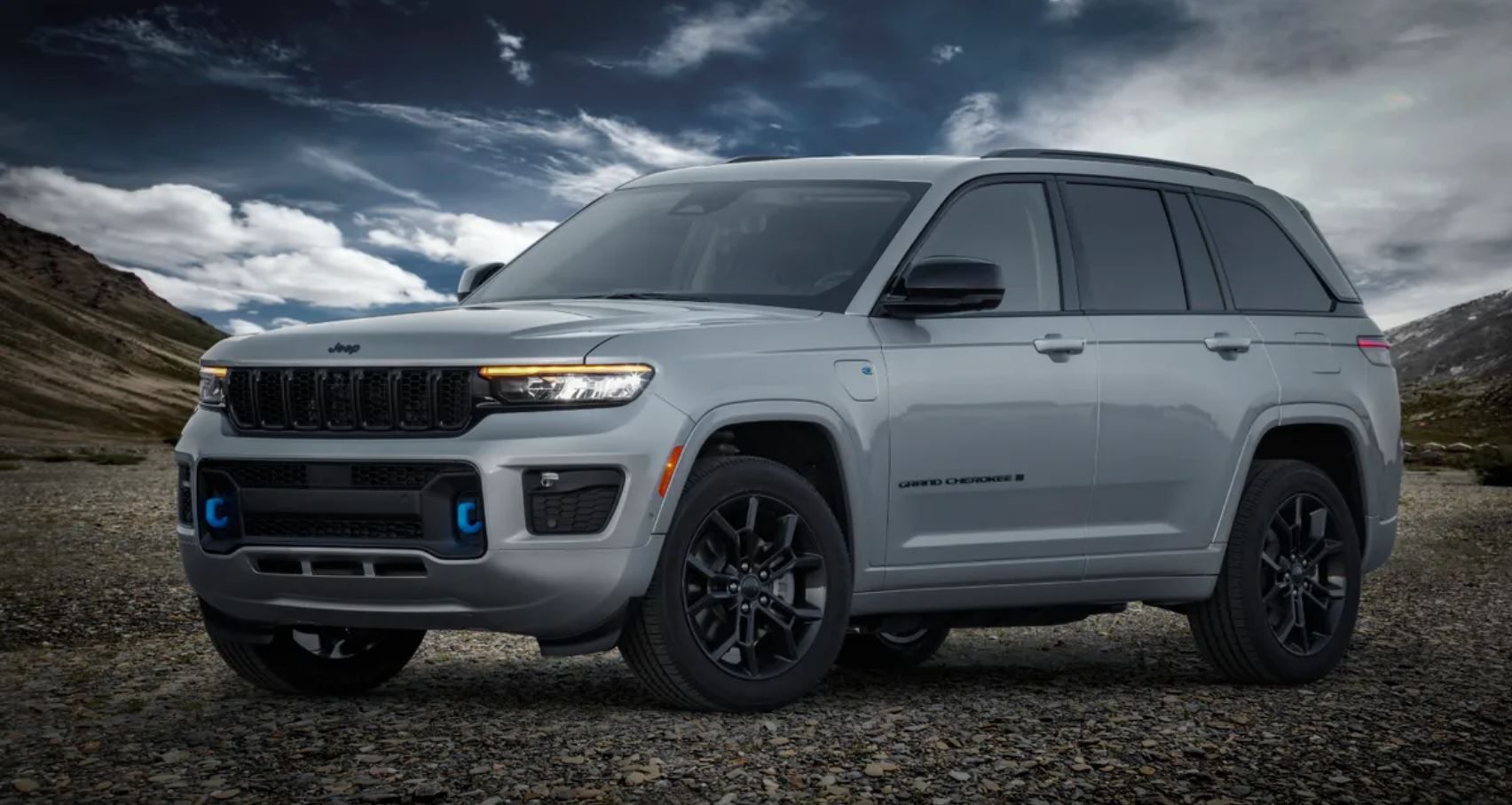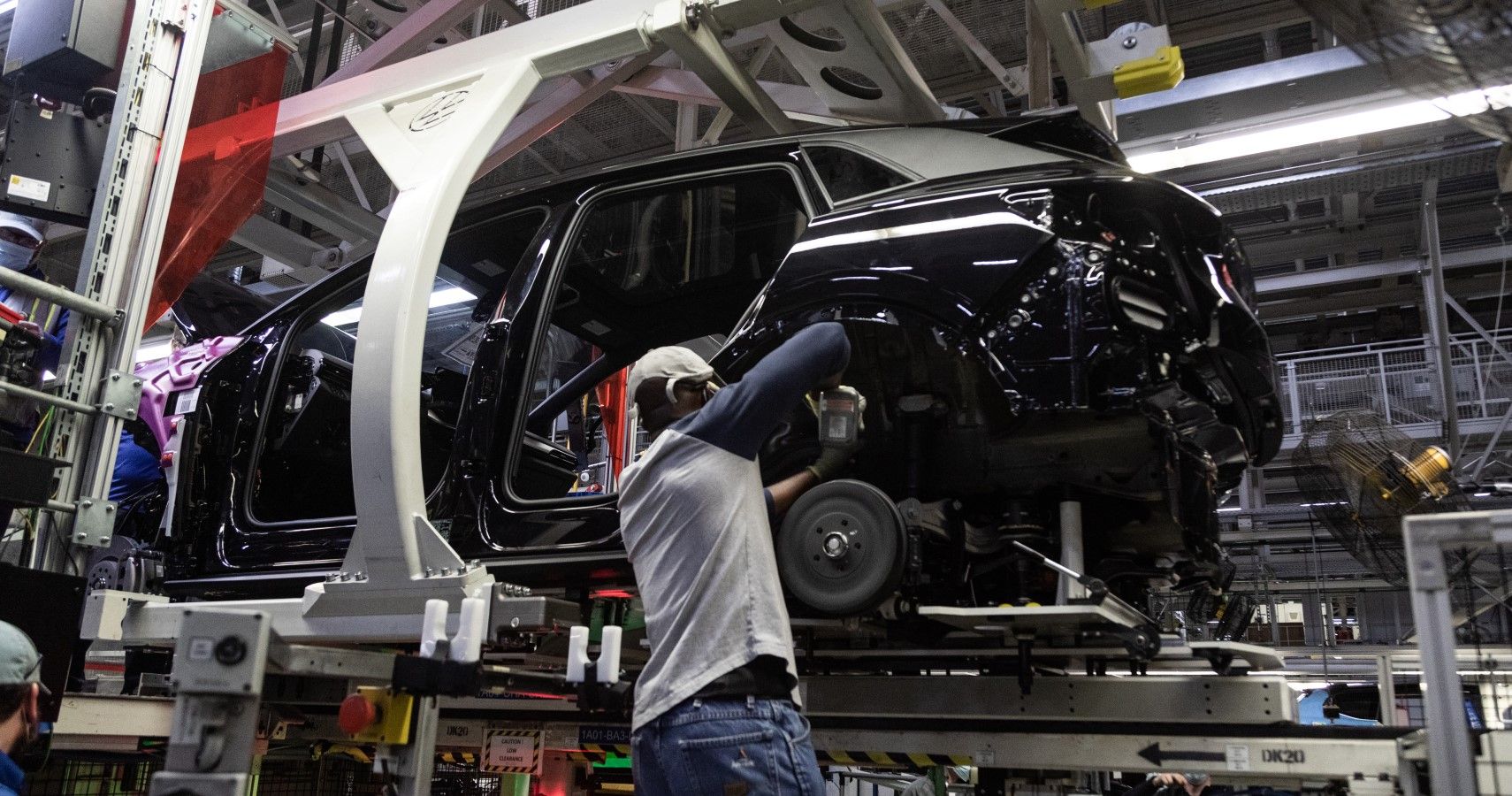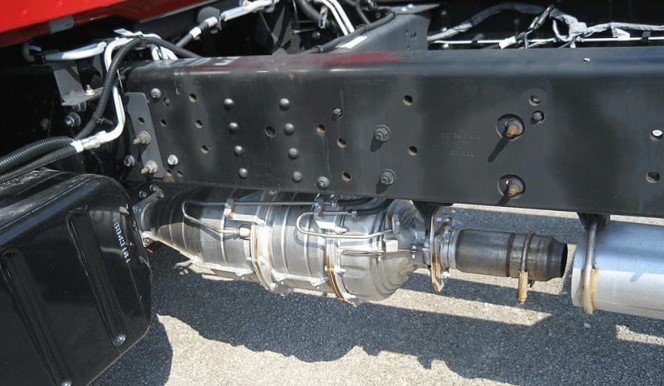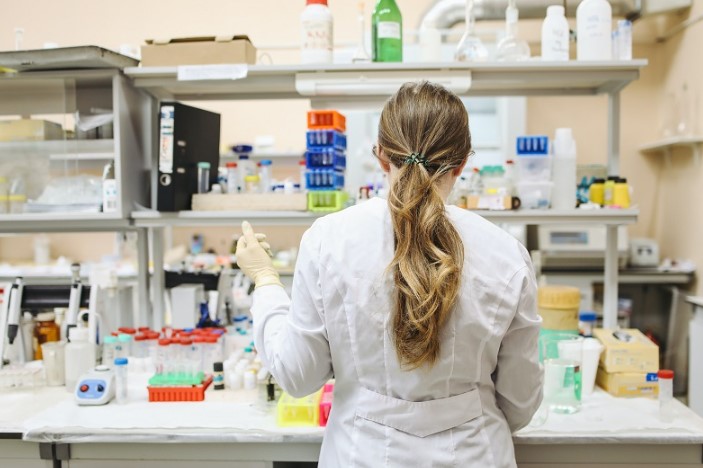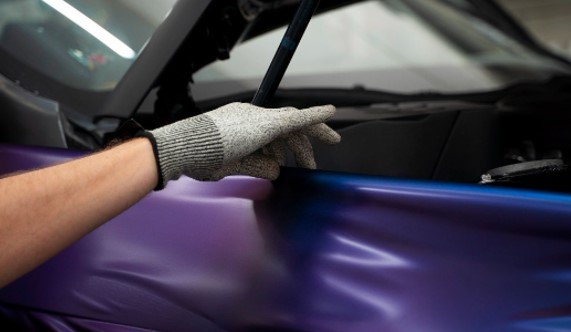This Is Why Stellantis Is Moving Jeep Cherokee Production To Mexico
According to Bloomberg, U.S. nationals are relocating to Mexico at rates not seen since comparable data became available in 2010. Furthermore, the number of temporary residency permits has increased by 85 percent from 2019. But, it’s not just American retirees and young digital nomads that relocate to Mexico. In fact, even American manufacturers and large-scale corporations are deciding to leave the United States behind.
“The commercial conflict between the United States and China, the supply chain vulnerabilities revealed by the pandemic and Russia’s invasion of Ukraine, have accelerated the relocation of Asian, American Union and European companies to Mexico,” said Co-Production International.
In recent years, global firms like Samsung, Daewoo, Amazon, Nissan, Heineken, Bosch, Alsea, Pirelli, and Walmart have made multimillion dollar investments in Mexico. According to Sergio Mireles, CEO of Datoz, the pandemic-related influx of businesses to Mexico has bolstered the industrial market. As such, at the end of the second quarter of 2022, gross industrial building absorption already surpassed 2.7 million square meters. Naturally, Mexico’s cheap labor and energy costs and free trade policies are also luring automakers. Stellantis, for example, is the latest group that has announced that it will indefinitely idle its plant in Belvidere, Illinois and move Jeep Cherokee production to the Toluca plant in Mexico. Carbuzz reports that this facility will manufacture gasoline, hybrid, and ICE versions of the Cherokee SUV.
This Is Why Stellantis Is Moving Jeep Cherokee Production To Mexico
While it is easy to blame Stellantis for moving production and American jobs overseas, the government should bear the responsibility for failing to provide incentives to keep businesses in the country. Since supply chain issues, chip shortages, and rising labor and raw material costs are already hurting the auto industry, Stellantis must take every cost-cutting opportunity. Unfortunately, Washington doesn’t seem to get this and chooses to remain silent when businesses and workers suffer.
Back in 2021, Mark Wakefield, global co-leader of the automotive and industrial practice at industry consultant AlixPartners told CNN Business that chips “are just one of a multitude of extraordinary disruptions the industry is facing — including everything from resin and steel shortages to labor shortages.” He also added, “there’s no room for error for automakers and suppliers right now.”
The focus of Washington and state authorities going ahead should be on devising strategies to encourage automakers to establish operations in the United States. Starting with tax credits, loans, monetary incentives, or even free land and infrastructure projects and ending with expedited permitting, there are various ways in which the authorities can work with automakers to create win-win situations. Otherwise, American employees should expect that more automakers will move jobs abroad, where they can find better offers and more enticing incentives. A more encouraging development is VinFast’s announcement that it plans to construct a plant in Chatham County, southwest of Raleigh, where it will produce electric automobiles. By 2027, the facility will employ about 7,500 people and be fully operational.
Canada And Brazil Are Also Attracting Stellantis Investments
To be fair, it’s not just Mexico that lures automakers from the United States away. The neighbor up North, Canada, is also taking advantage of the North American Free Trade Agreement (NAFTA) and the challenging situation in the U.S. to attract automakers. Last Spring, Stellantis has announced that it will invest $5 billion CAD ($4.1 billion US) to develop a Lithium-ion battery factory in Windsor, Ontario, Canada. According to Carbuzz, Stellantis will inaugurate the facility at the beginning of 2024. Meanwhile, the European group intends to develop packs there destined for the vehicles sold in the North American region. More importantly, Stellantis is creating around 2,500 new jobs in the region with this project.
“The decision to base the plant in Windsor is strategic as it is closely positioned to the country’s automotive hub, allowing for a more efficient supply chain network,” says Carbuzz.
Additionally, Stellantis has a new production unit that is located at the Fiat Automotive Complex in Betim (Brazil), which builds GSE Turbo engines. The facility had an initial manufacturing capacity of 100,000 units annually and required investments of roughly of R$ 400 million (60 million euros), according to a Stellantis press release.
“The inauguration of this turbo engine plant represents a strategic step towards expanding our presence in Latin America. It also brings a lot of possibilities to our product range, as GSE Turbo engines combine the best performance and sustainability technologies, with gains in fuel consumption and emissions reduction. This new production will be a source of great pride and motivation for all of us”, said Antonio Filosa, COO of Stellantis for South America.
Sources: Stellantis, Bloomberg, Co-Production International, CNN Business
